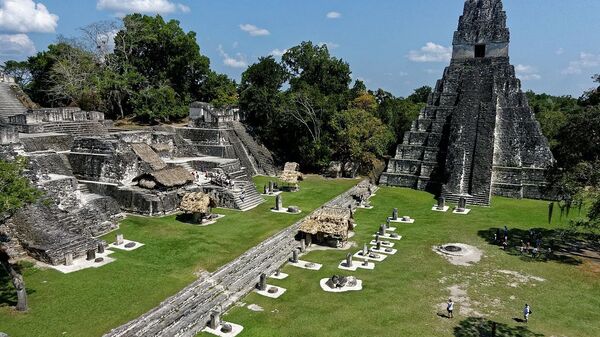An international team of scientists from Guatemala and the United States has said that water reservoirs in an ancient Maya city contain toxic chemicals. According to the study, which was published on 25 June in the journal Nature Scientific Reports, the group, consisting of anthropologists, biologists, botanists, and chemists, examined layers of sediments in two central reservoirs in Tikal dating back to the third century BC and discovered traces of mercury, phosphate, and cyanobacteria. The researchers say the toxic chemicals left the water undrinkable even after it was boiled.
The pollution of the water reservoirs occurred because of the red pigment that the ancient Mayans used to adorn their buildings. "Color was important in the ancient Maya world. They used it in their murals. They painted the plaster red. They used it in burials and combined it with iron oxide to get different shades”, said Dr Kenneth Tankersley, an associate professor of anthropology at the University of Cincinnati’s College of Arts and Sciences.
According to the researchers, the ancient Maya derived the red pigment from cinnabar minerals composed of mercury sulphide. They say the toxic chemical leaked into the water reservoirs during rainstorms.
The conclusions of the study also suggest that droughts that occurred in the ninth century AD likely contributed to the depopulation and subsequent abandonment of the city. "The conversion of Tikal’s central reservoirs from life-sustaining to sickness-inducing places would have both practically and symbolically helped to bring about the abandonment of this magnificent city”, said the University of Cincinnati’s Professor David Lentz.


